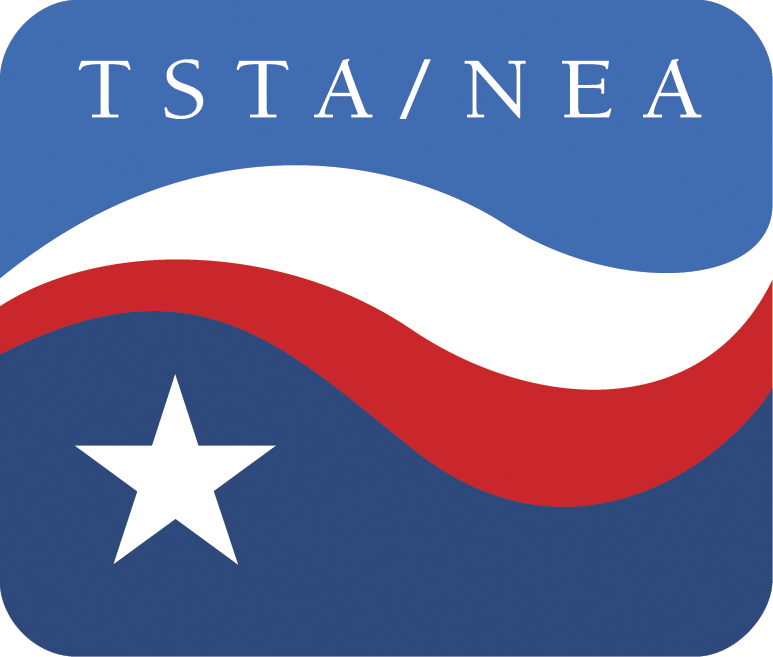How the state abuses school property taxpayers
The so-called Robin Hood law served an important purpose when it was enacted in 1993. By requiring property wealthy school districts to share tax revenue with poorer districts, it helped satisfy a Texas Supreme Court order to provide more equity in school funding between children in rich and poor schools.
Robin Hood still serves that purpose. But it is being abused by the governor and the legislative majority, who are sticking it to local taxpayers to pay for the state’s failure to adequately fund our children’s schools. Austin ISD Superintendent Paul Cruz pointed out that fact, but more politely, in a letter to district taxpayers at the beginning of the holiday break.
Cruz laid out the numbers and let them speak for themselves. Even though more than half of Austin ISD’s students are from low-income families, the district is considered wealthy by Robin Hood standards, thanks to rising property values.
Local taxpayers will pay more than $1 billion to Austin ISD this year, but the district will keep less than $700 million of it. The district will pay an estimated $406 million of the tax revenue it collects from local property owners to the state of Texas and will receive only $37 million in state funding in return. In other words, Cruz pointed out, Austin ISD will send more than 10 times as much money to the state this year as it will receive in state funding.
If the school finance law isn’t changed, Cruz predicted that within two years more than half of local property tax revenue collected in the district will be sent to the state.
Austin ISD is the single largest contributor to recapture, the technical term for the Robin Hood payments, which are distributed by the state. Another 250-plus districts also make Robin Hood payments, which are an important source of revenue for property poor districts.
But the legislative majority is misusing the law to pass the buck – very big bucks, actually — to local taxpayers and duck its own own responsibility to school children. According to the Legislative Budget Board, local property tax revenue, including the Robin Hood payments, have increased by 44 percent since 2008. Robin Hood payments alone this year will total more than $2 billion.
The amount of state revenue spent on schools, meanwhile, has increased by only 7 percent since 2008.
What’s more, under the current school finance law, the state’s share of paying for public education decreases as local school property tax values increase. That will give legislators about $2 billion extra to spend during the next budget period on other state programs. It means local property owners – in Austin and throughout the state — who think all their school tax dollars are going to education are, in effect, helping to subsidize health care, the governor’s and legislators’ salaries and expense accounts – and even the next cut in business taxes.
Remember that the next time the governor, the lieutenant governor or your “fiscally conservative,” pro-voucher state representative or senator tells you how “concerned” he or she is about your property tax load.
